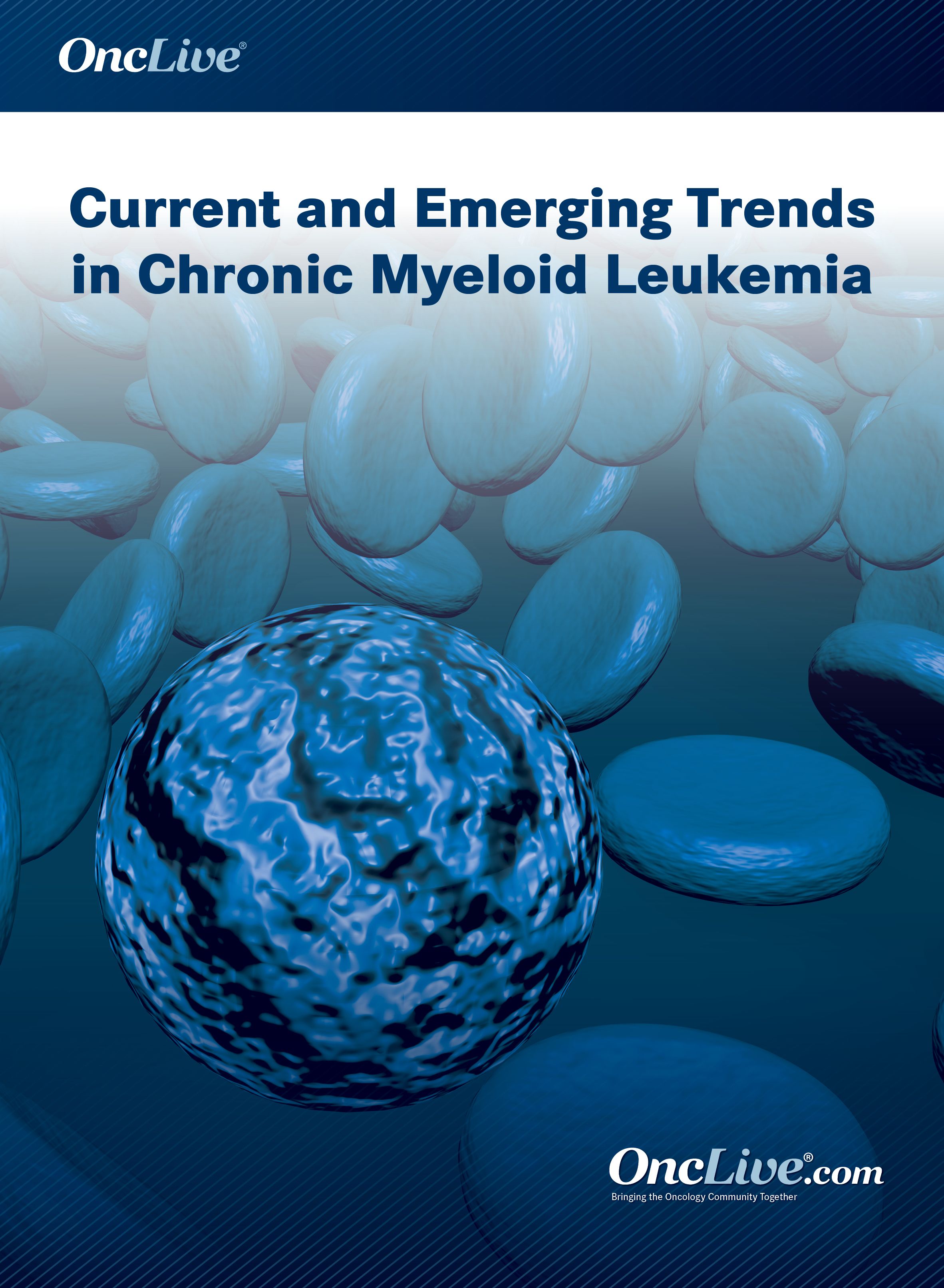Publication
Video
Supplements and Featured Publications
Dr. Cortes on Navigating Among Frontline TKIs in the CML Paradigm
Author(s):
Jorge E. Cortes, MD, shares advice for navigating among first- and second-generation TKIs in the frontline treatment of patients with chronic myeloid leukemia.
- 2x
- 1.75x
- 1.5x
- 1.25x
- 1x, selected
- 0.75x
- 0.5x
- Chapters
- descriptions off, selected
- captions settings, opens captions settings dialog
- captions off, selected
This is a modal window.
Beginning of dialog window. Escape will cancel and close the window.
End of dialog window.
This is a modal window. This modal can be closed by pressing the Escape key or activating the close button.
Jorge E. Cortes, MD, director of the Georgia Cancer Center at Augusta University, shares advice for navigating among first- and second-generation TKIs in the frontline treatment of patients with chronic myeloid leukemia (CML).
Currently, 4 drugs are approved by the FDA for the frontline treatment of patients with CML: the first-generation TKI imatinib (Gleevec), as well as 3 second-generation TKIs, which include dasatinib (Sprycel), erlotinib (Tarceva), and bosutinib (Bosulif), according to Cortes. When deciding on a treatment strategy, the first consideration should be whether a second-generation TKI should be used or imatinib is a more appropriate choice, Cortes says.
Imatinib can have some advantages over second-generation TKIs in certain clinical scenarios, such as cost and less arterial occlusive events and pleural effusions. However, fewer patients achieve deep molecular responses with imatinib compared with the newer-generation TKIs, and responses do not tend to be as rapid. If patients do not have the goal of treatment-free remission or for those who have concerns regarding certain adverse effects, imatinib may be the stronger option to begin with, Cortes concludes.






















Latest Conference Coverage

Observation Is a Reasonable Alternative to Adjuvant PD-1 Blockade in Stage IIB/IIIC Melanoma
%20(2)%201-Recovered-Recovered-Recovered-Recovered-Recovered-Recovered-Recovered-Recovered-Recovered-Recovered-Recovered-Recovered-Recovered-Recovered-Recovered-Recovered-Recovered.jpg?fit=crop&auto=format)
Dr Oluwole on CRS and Neurotoxicity Beyond 2 Weeks After Axi-Cel Infusion in R/R LBCL
%20(2)%201-Recovered-Recovered-Recovered-Recovered-Recovered-Recovered-Recovered-Recovered-Recovered-Recovered-Recovered-Recovered-Recovered-Recovered-Recovered-Recovered-Recovered.jpg?fit=crop&auto=format)
Dr Garfall on Ide-Cel and Lenalidomide Maintenance in Myeloma After Suboptimal ASCT Response

Piflufolastat F18 Imaging Is Associated With High Clinician Confidence in Prostate Cancer Management
Mirdametinib Provides Long-Awaited Treatment Option in NF1-Associated PN
Biomarker-Driven Research Accelerates Drug Discovery and Precision Medicine Approaches in Sarcoma
Neoadjuvant Chemo and Concurrent Chemoradiation Is a Safe, Effective Bladder-Sparing Approach in Nonmetastatic MIBC
Some Patients With Kidney Cancer Can Stop Combination Treatment After Two Years, Fox Chase Cancer Center Study Finds
2 Commerce Drive
Cranbury, NJ 08512






